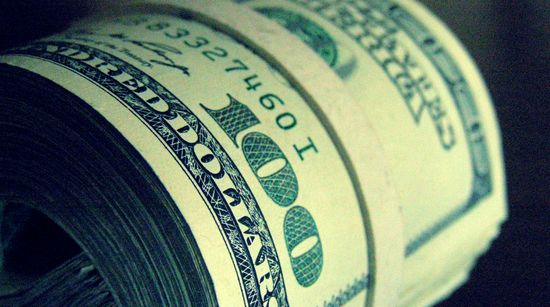The Millionaire Philanthropist Next Door: What the Donor-Advised Fund Revolution Tells Us
/
We all know there’s a lot of rich people running around these days. What most of us don’t realize is just how many of them there are—or how rapidly more of these 1 percenters have lately been embracing philanthropy.
A 2015 study found that 34,789 individuals living in North America have assets of $30 million or more—a huge jump from just a decade ago. It found that some 5,000 households had assets of over $100 million. These figures include just liquid, investable assets (not real estate). Other studies put that figure even higher, while hundreds of thousands of Americans likely have just a few million dollars in extra assets lying around.
These figures offer a window into the appalling level of wealth inequality in America—given that the bottom half of U.S. households have next to nothing in assets. The figures explain why it's so hard to afford an apartment in Manhattan, Boston or San Francisco, not to mention the waiting lists for top-of-the-line sports cars. There's just a lot of rich people around these days.
As well, the wealth statistics illustrate the remarkable explosion in donor-advised funds in recent years.
Overall grantmaking from DAFs has roughly doubled since 2010, along with the wealth pouring into these funds and their overall assets.
And the biggest players in the DAF world keep getting bigger, increasingly eclipsing the annual grantmaking of top foundations.
To start with, the National Philanthropic Trust today announced that it made grants from donor-advised funds in the past year totaling $626 million. NPT’s press release says it’s among the “top 25 grantmaking institutions in the U.S.,” which is actually putting things too modestly. In fact, NPT gave away more money in the last year than the Ford Foundation—or any number of big-name brand funders like MacArthur, Kellogg, Mellon or RWJF.
Not to be snide, but how many people have heard of NPT? I hadn’t until just a year or two ago. Maybe that’s because it wasn’t until recently that NPT’s giving really exploded. In FY 2012, it gave away only $151 million, so we’re talking about a quadrupling of grantmaking in just four years. NPT’s assets have piled up fast, too, growing from $1.1 billion four years ago, to $2.9 billion today.
You can see a similar trajectory at Vanguard Charitable, which made $717 million in grants in 2015, a big increase from a few years ago.
And no DAF has grown faster lately than the Silicon Valley Community Foundation, which has become the largest community foundation by a wide margin amid an explosion of new tech giving. As we reported a few months ago, SVCF’s annual grantmaking doubled between 2014 and 2015 to $823 million.
Related: Holy Cow, This Community Foundation Is Exploding. Why Is That?
A few days ago, Schwab Charitable reported on its grantmaking in FY 2016, which clocked in at $1.2 billion, with grants going to 56,000 charities. Only the Bill and Melinda Gates Foundation gave away more money in the past year.
Schwab’s latest figures represent a 12 percent jump from the previous year, which is impressive. But the more stunning comparison, again, is with levels a few years back. Schwab’s grantmaking has more than doubled since FY 2012, along with its assets, which a year ago stood at $7.5 billion and presumably are even higher now.
Then there’s the biggest DAF of them all, Fidelity Charitable, which released its FY 2016 numbers earlier this week. Grantmaking over the past year totaled $3.3 billion, with 800,000 grants flowing out of some 82,000 donor accounts to over 100,000 nonprofits. Wow.
This funder reports: “Since its 1991 founding, the number of Fidelity Charitable’s donors has increased 40-fold, and both grant dollars recommended by donors and the number of grants have skyrocketed by well over 200 times.”
Now, as many people know, the wealthy don’t actually give away a higher percentage of their annual income than middle class Americans. (See one analysis here.) And, as many people also know, charitable giving has not moved much above 2 percent of GDP in many years. So it would be wrong to think that mass hyper-affluence, and the DAF revolution it has spawned, is somehow turning America writ large into a more generous country.
That said, the stampede of new, major individual donors into philanthropy is a remarkable thing to watch. We write often about the tippy top of this phenomenon, characterized by all the billionaire givers arriving on the scene with big money and big ambitions. But the DAF juggernaut offers a great window into what’s happening on the next tiers down the income and giving ladder, as more mere multi-millionaires become philanthropically active.
In a future post, I’ll dig into where all these DAF grants are going—and what such giving says about the millionaire philanthropists next door.








